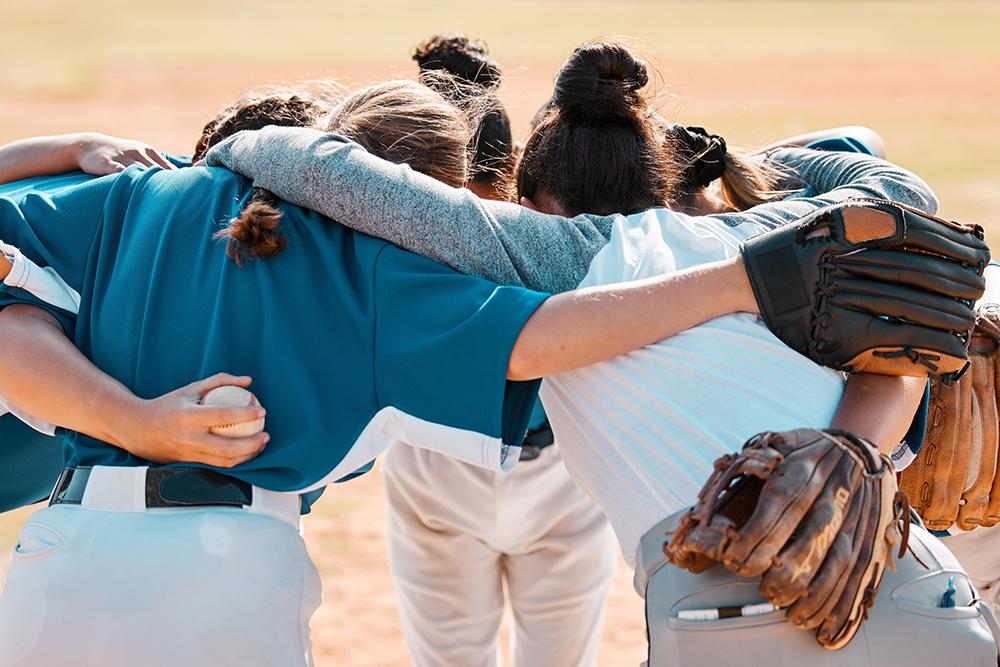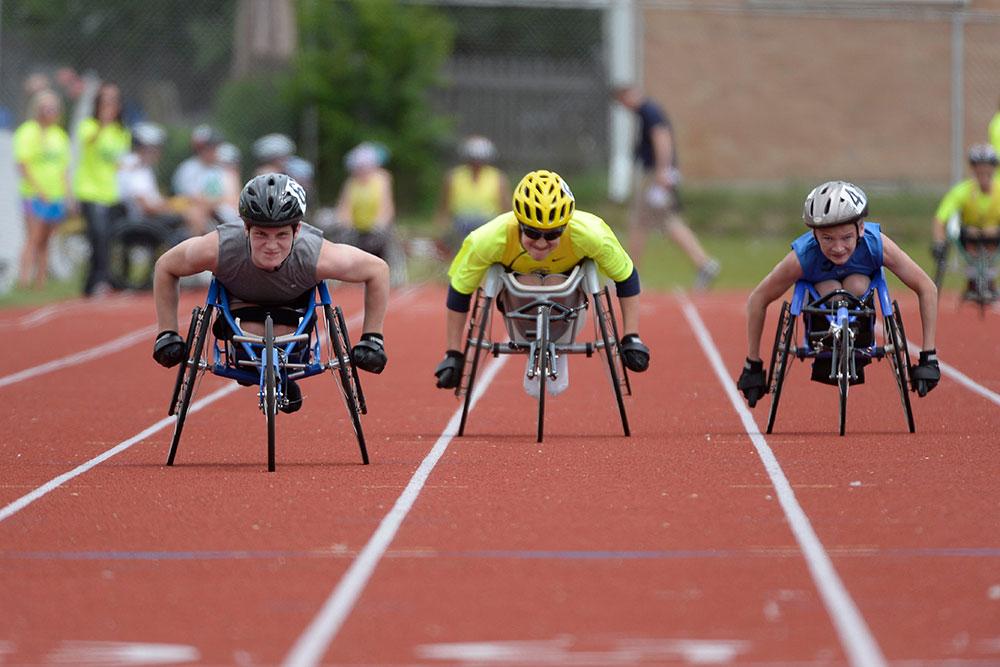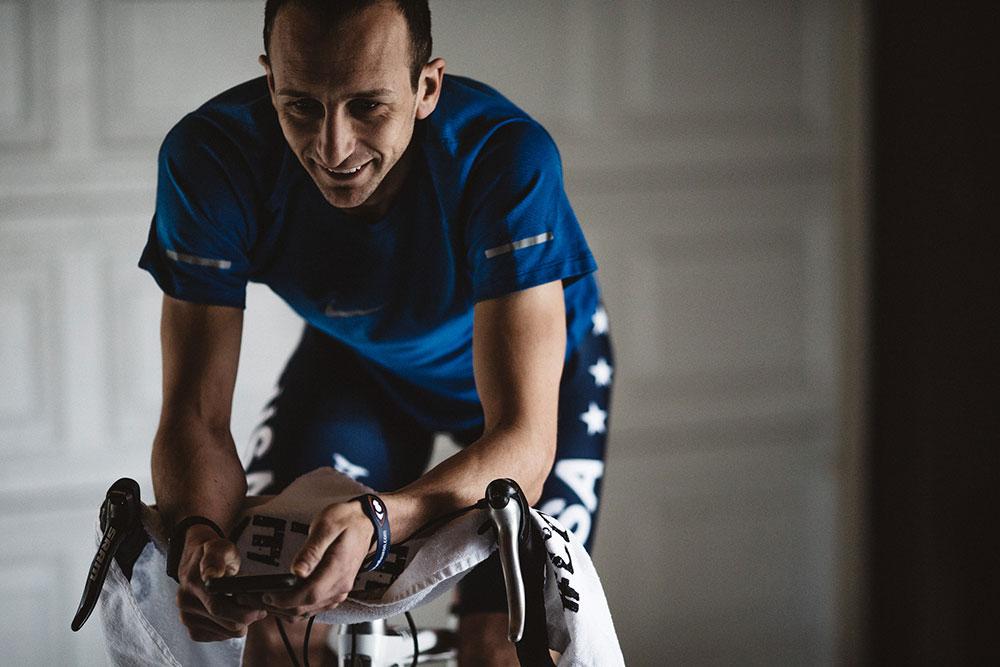 As a coach, your goals probably extend beyond getting your team to win games. Most coaches are also trying to teach athletes how to think for themselves, navigate challenging situations, and take on positions of leadership. All those life skills require athletes to develop resilience, both as individuals and as a team.
As a coach, your goals probably extend beyond getting your team to win games. Most coaches are also trying to teach athletes how to think for themselves, navigate challenging situations, and take on positions of leadership. All those life skills require athletes to develop resilience, both as individuals and as a team.
Here, board-certified family physician and TrueSport Expert Deborah Gilboa, MD, explains why resilience matters so much for young athletes, how you can help them use challenges as learning opportunities, and how to tailor your approach by developmental stage.
Resilience 101
“Resilience is the ability to navigate change and move towards a positive goal,” explains Gilboa. Coaches can help athletes practice resilience by helping them shift their outlook in difficult situations. If a star player gets injured right before the championship game, for example, coaches can help athletes focus on what they can control in that situation and establish new expectations.
Start Early and Practice Often
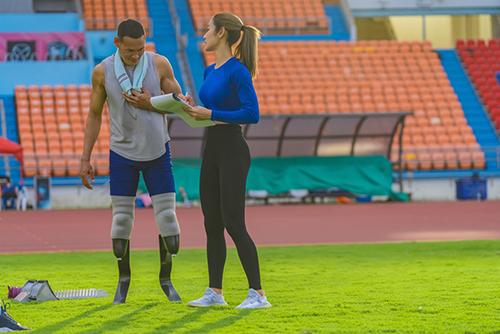 As a coach, you don’t want to begin teaching resilience when something goes horribly wrong for the team. Instead, you want to practice resilience with the team around any change, big or small, positive or negative.
As a coach, you don’t want to begin teaching resilience when something goes horribly wrong for the team. Instead, you want to practice resilience with the team around any change, big or small, positive or negative.
“Coaches have the opportunity to build in a pattern that repeats itself every time there is a change,” says Gilboa. “Every time there’s a change, there is a two-step process we want to practice with athletes. First, we want to ask, ‘What are our feelings?’ And second, we want to ask, ‘What are the actions that we can take to make this an opportunity?’”
Implement the Two-Step Process
1. Allow Emotions
Coaches often skip this step and want athletes to ‘be tough’ in the face of any adversity. But it’s important to let your athletes express their emotions before trying to fix a problem or address a change. “In the face of a really big change, I recommend coaches set a timer for five minutes and allow each athlete to voice their feelings,” says Gilboa. There are no solutions being offered in that time, and there’s no reframing the situation. Everyone simply gets to say how they feel. This allows everybody to be seen and have their outlook validated. Athletes have to be able to express their emotions respectfully, and have those feelings respected.”
2. Ask “Where’s the opportunity?”
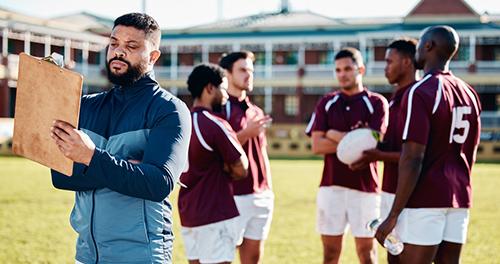 Once the timer goes off, it’s time to switch to the second step, which is reframing a negative situation by asking where the potential is for opportunity. “In every change, there’s a chance for an opportunity,” says Gilboa. “Your goal is to have your athletes find those potential solutions. In the case of the starter being injured, athletes might come to the conclusion that they’re going to have to use different plays, communicate differently, add different cross-training, or recruit more players from another team at school.”
Once the timer goes off, it’s time to switch to the second step, which is reframing a negative situation by asking where the potential is for opportunity. “In every change, there’s a chance for an opportunity,” says Gilboa. “Your goal is to have your athletes find those potential solutions. In the case of the starter being injured, athletes might come to the conclusion that they’re going to have to use different plays, communicate differently, add different cross-training, or recruit more players from another team at school.”
Start this two-step practice early in the season and use any small change as a chance to practice it (though you don’t have to set a timer and offer five minutes, just a sentence is often enough). Some athletes will struggle more than others with making the pivot from challenging emotions to an opportunity-focused outlook. “When you have an athlete who tends to be a pessimist, after the time for expressing feelings are over and they’ve been able to share those feelings, keep redirecting them to being solution-focused,” says Gilboa. “Simply say, ‘We’re moving towards discussing opportunities. If you have an opportunity to offer, great, and if not, somebody else is going to talk now.’ Keep the team as a whole moving forward.”
How to Build Resilience Based on Development
Below, Gilboa has tips for elementary school, middle school, and high school athletes. The advice and exercises are applicable to any age, but the language you use makes a difference. “It’s important to make sure that we’re not pandering to the older students, and that we’re simplifying it enough so that younger students actually understand what they’re doing,” says Gilboa.
Resilience for Elementary School Students
“For younger kids, keep the two-step process simple by saying, ‘We’re going to start with sharing how we feel, and then move on to what we’re going to do,’” explains Gilboa.
She also recommends giving some at-home examples that young athletes can relate to. “An example could be that you can’t find your favorite stuffed animal at bedtime, or your brother used your toothbrush: How does that make you feel? And then, what are you going to do to make the situation better?”
Resilience for Middle School Students
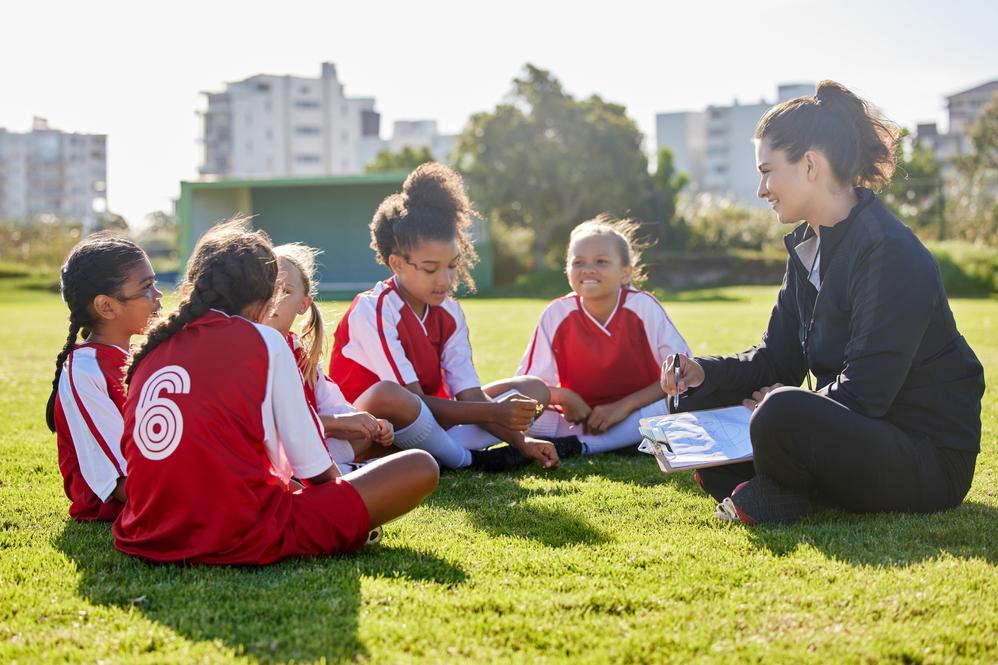 “Middle schoolers are essentially wired to be as critical and skeptical as they can be,” says Gilboa. These can be the toughest students to work with, since they’re still young enough to need guidance, but are old enough to desire autonomy. “With middle schoolers, you really want them to feel ownership of the process,” says Gilboa. “They need to feel like they’ve created the routine that the team goes through anytime they’re faced with a challenge.”
“Middle schoolers are essentially wired to be as critical and skeptical as they can be,” says Gilboa. These can be the toughest students to work with, since they’re still young enough to need guidance, but are old enough to desire autonomy. “With middle schoolers, you really want them to feel ownership of the process,” says Gilboa. “They need to feel like they’ve created the routine that the team goes through anytime they’re faced with a challenge.”
Early in the season, ask the athletes to come up with a step-by-step plan for finding the positive opportunity in a challenging situation. “Tell your athletes that the season is going to have a lot of changes, and you want them to decide now what steps they’ll take when things are tough,” says Gilboa. “Get them to design it. Your goal is to gently aim them towards starting with feelings and moving into solutions—but let them decide how that will be done. Use questions to point them in this direction rather than telling them what to do.”
Resilience for High School Students
By the time athletes are in high school, often, the ways you would help younger athletes through tough times are no longer appropriate for their level of maturity.
“With high school athletes, it’s better to have a simple conversation: Ask them to think about their academic or athletic career, and explain that having resilience is going to help them move through the world much more effectively. Get them to buy into the concept and explain that establishing this two-part pattern now will help them achieve their goals in sport, as well as in relationships, academics, and life in general,” says Gilboa.
“Keep it simple. Explain the pattern that you plan to follow: Tell them that in any situation, the goal is to first discuss how everyone feels about the situation, and second, to find the opportunities.”
___________________________
Takeaway
Teaching resilience and being able to change your outlook in challenging situations is a critical part of athlete development, and coaches are in a great position to help athletes learn a simple pattern to build this skill. Teach athletes to first understand and acknowledge their feelings about a situation, and then look for positives and opportunities.
